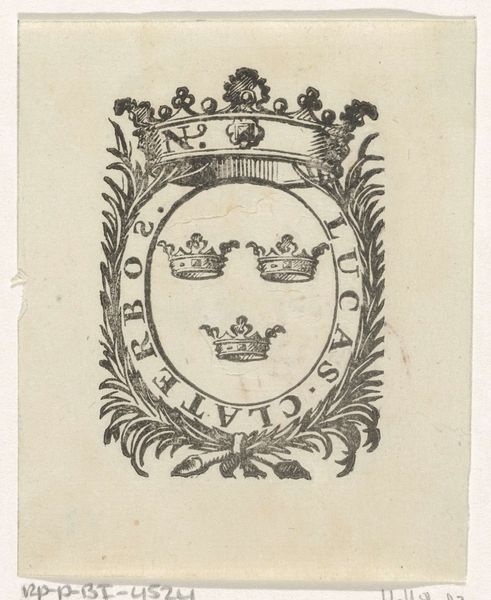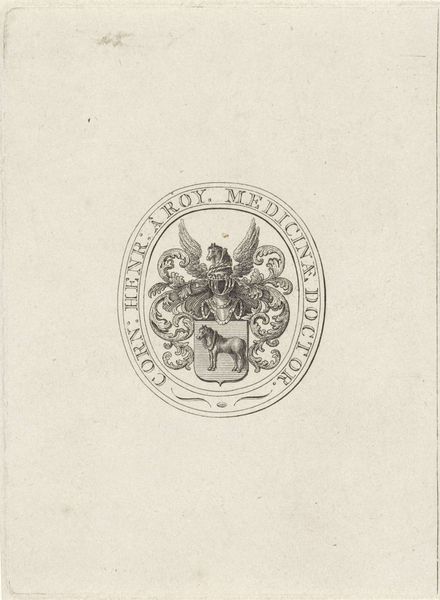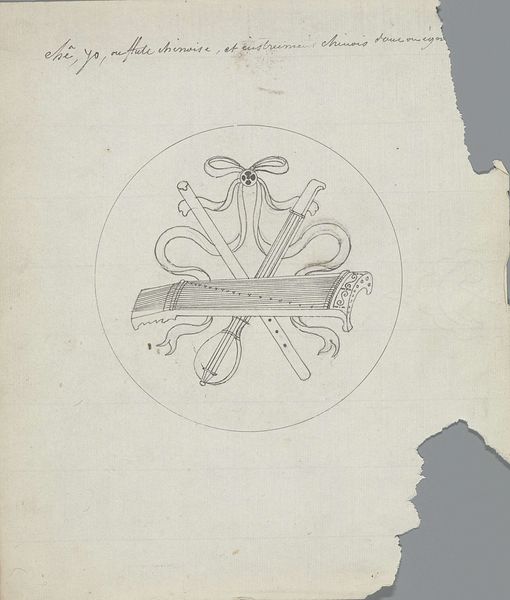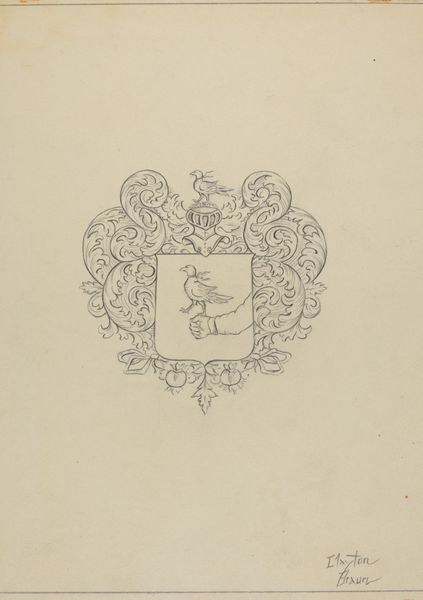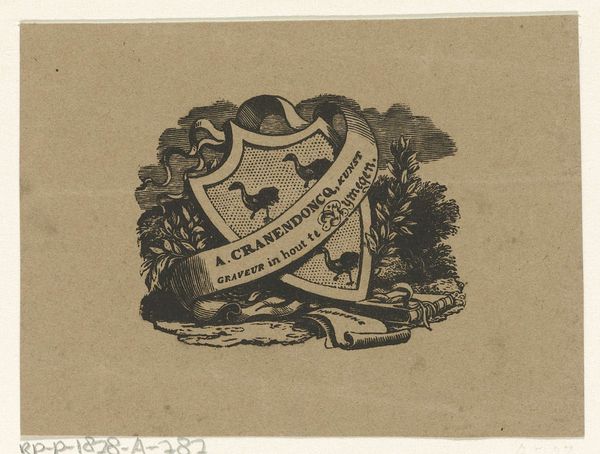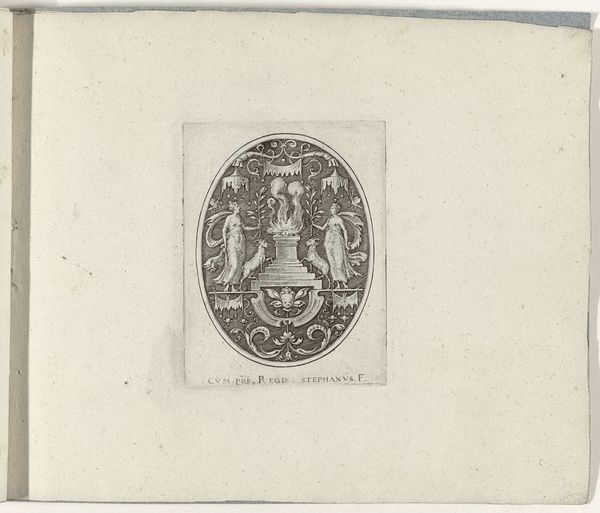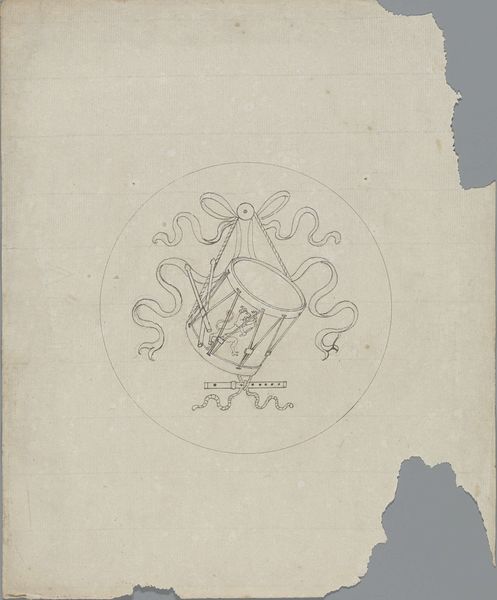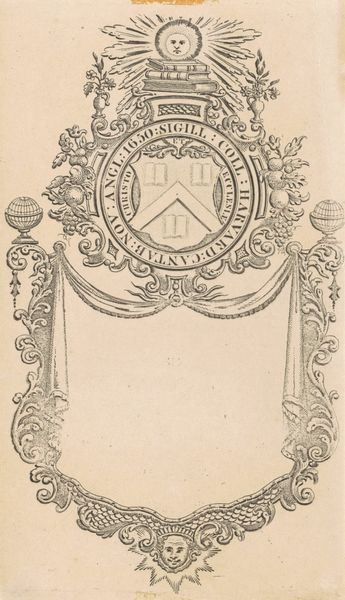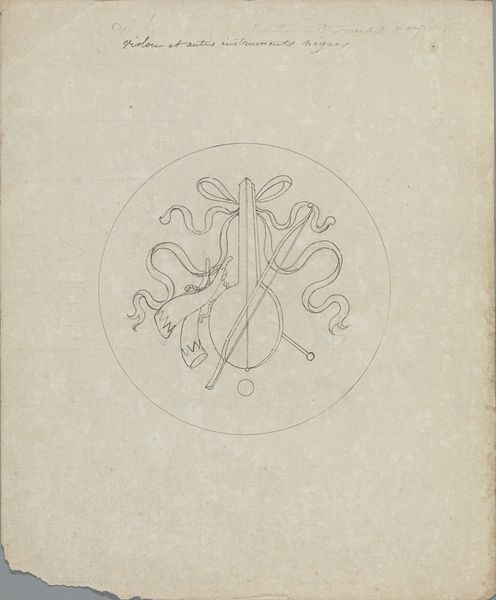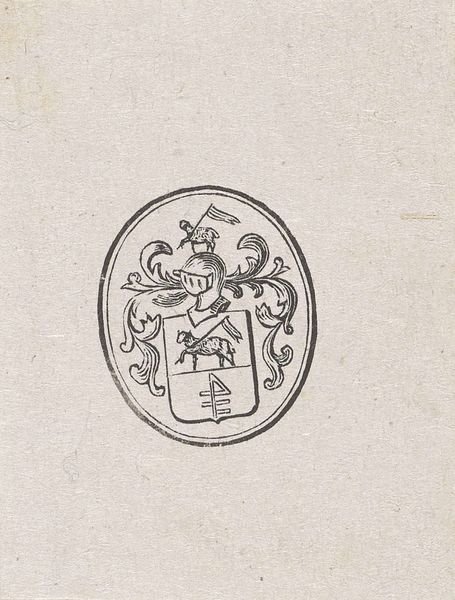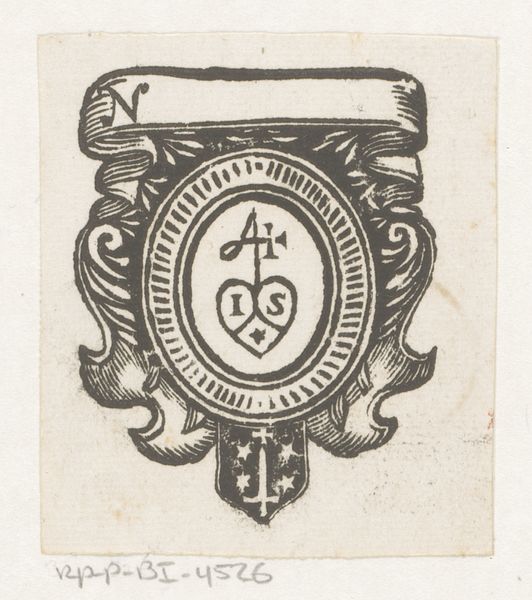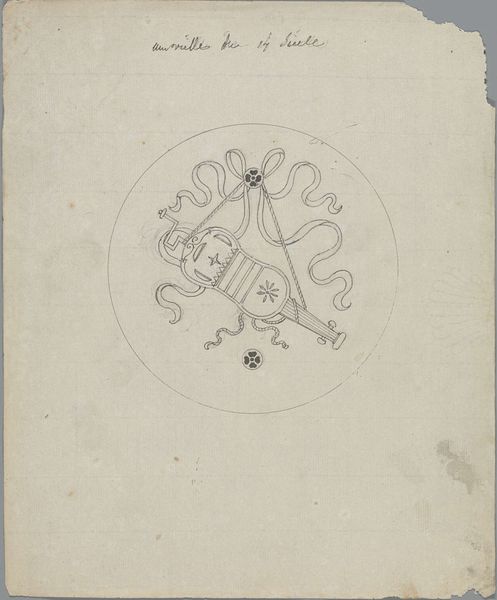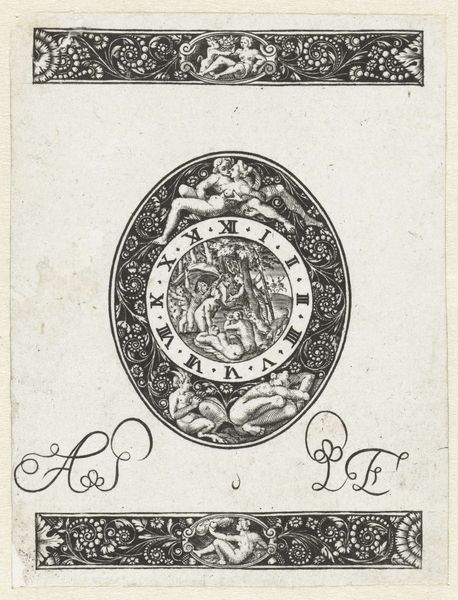
Vignet van een stoomspinnerij en weverij te Hilversum 1867 - 1869
0:00
0:00
isaacweissenbruch
Rijksmuseum
drawing, graphic-art, print, weaving, ink
#
drawing
#
graphic-art
# print
#
weaving
#
ink
#
pen-ink sketch
#
pen work
Dimensions: height 52 mm, width 50 mm
Copyright: Rijks Museum: Open Domain
Curator: This piece by Isaac Weissenbruch is called "Vignet van een stoomspinnerij en weverij te Hilversum" - or, "Vignette of a Steam Spinning Mill and Weaving Mill in Hilversum." It's an ink drawing, dating back to sometime between 1867 and 1869. Editor: The texture immediately strikes me; the varying weights of the pen work, from thick strokes to wispy lines, give it an ephemeral, almost dreamlike quality, yet with an underlying sense of industrial power and imposition. It feels less like a celebration and more like an emblem representing a powerful historical transformation. Curator: Precisely. As a commercial vignette, it encapsulates the monumental shift towards industrialisation in the Netherlands. Look at the company seal emblazoned within the circle. The detailed coat of arms above the company's name, "J.W. Bottenheim, Thomas Rijkensarcel," projects authority. Editor: Absolutely, that authority comes with a price. Factory work transformed labour practices and worker’s identities; new tensions arose between the business and labour classes in industrial cities, making working class people more visible than before. It really begs the question, “who benefits?” from this burgeoning mill industry. Curator: That is an important question. It reveals an increasingly stratified social structure defined by capital, where wealthy mill owners amassed influence while labourers navigated new forms of economic dependence and labor precarity. Editor: Which I think Weissenbruch is acknowledging. I see this vignette as illustrating something new that’s about to impact working class people’s everyday lives in indelible ways. Its light texture feels less than optimistic; perhaps acknowledging the sacrifices of laborers under early capitalist production. Curator: Well, considering the era's focus on progress and technological advancement, the work seems to capture a pivotal point. Editor: I suppose my viewpoint centers on the individuals whose labour fueled the gears of industry and whose stories aren't represented within the mill's seal. The image offers itself as a visual marker of an unfolding social transformation that irrevocably affected labour and community structures, which history should acknowledge. Curator: An important consideration. We’re both examining how the artwork acts as an emblem. For me, it evokes institutional changes. For you, the shifts in social equity and worker experience. Editor: And that dialogue gives the artwork a context, as we weave it back into a rich social history.
Comments
No comments
Be the first to comment and join the conversation on the ultimate creative platform.

